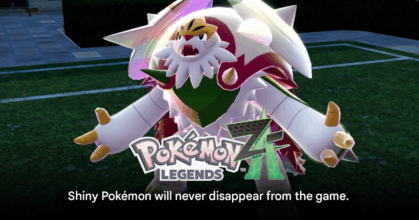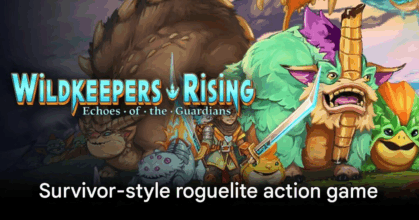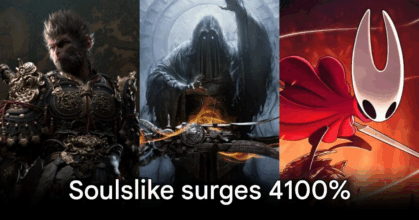Ginkgo Leaves Carry Deep Meaning in Ghost of Yōtei Through the Character Atsu
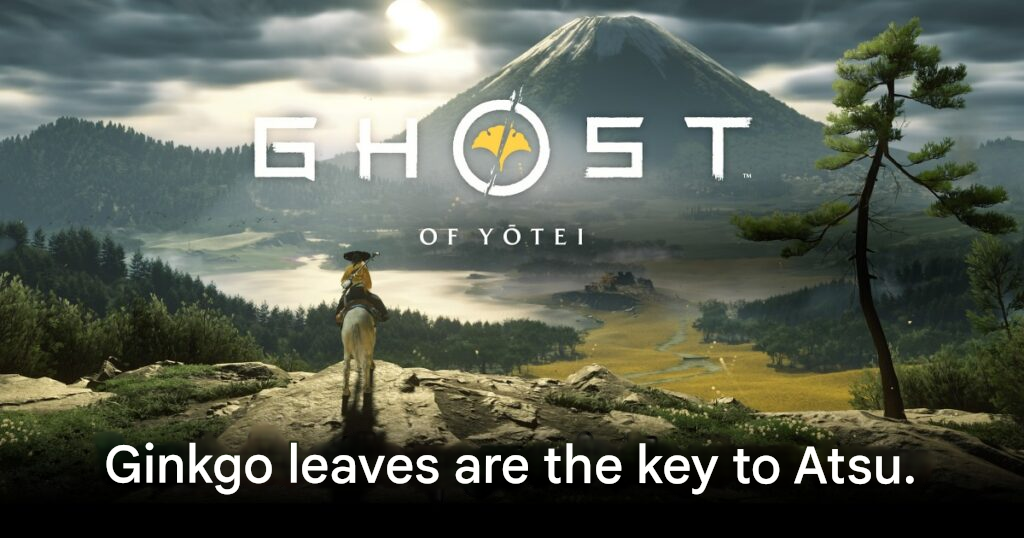
Ginkgo Leaves Carry Deep Meaning in Ghost of Yōtei Through the Character Atsu
In Ghost of Yōtei, artistry and storytelling merge through subtle symbolism — none more striking than the recurring image of the ginkgo leaf. More than decoration, the golden leaves reflect the essence of Atsu’s character, representing endurance, memory, and the painful path she must tread toward vengeance and acceptance.
Historically, the ginkgo tree has been celebrated in Japanese culture for its strength, longevity, and resistance. It famously survived even the bombing of Hiroshima, becoming a symbol of resilience. In the game, Atsu’s connection to the ginkgo reflects her own survival: she lost everything in a raid by the mysterious Yōtei Six, including her family and home yet she remains determined to walk forward, even when the world around her is burning.
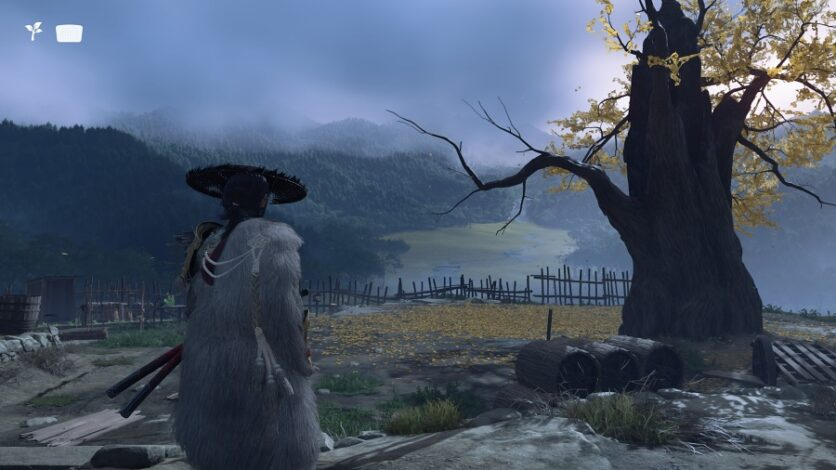
One of the game’s earliest scenes shows her bound to a burning ginkgo tree, once the heart of her family’s home. The charred branches and falling yellow leaves mirror her internal state grief, trauma, and the fight to reclaim identity. The ginkgo thus becomes a visual echo of her wounds, a reminder that even when life is scorched, roots remain.
As the narrative unfolds, the leaves appear again and again in wind-swept courtyards, drifting through corridors, and whispering in flashbacks. Their presence suggests that Atsu’s story isn’t just revenge; it’s a process of reclaiming what was lost while acknowledging the scars she carries.
Through its integration into architecture, atmosphere, and memory, the ginkgo leaf becomes Ghost of Yōtei’s most quiet yet potent motif reminding players that strength is not just in steel and blood, but in survival when the light seems snuffed.
Ghost of Yōtei was first announced in 2024, and the arrival of the sequel will open up a new experience for fans with new characters, an engaging story, and a new region of Japan to explore to their heart’s content. The story takes place 300 years after the critically acclaimed Ghost of Tsushima. The game is a standalone experience set in the Japanese countryside during the 1600s. Atsu wants revenge and she travels through the beautiful and difficult landscapes of northern Japan, hunting down the man who killed her family years ago.
origin: gamerant


